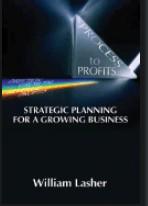Question
Q11. Put - Call Parity A put option and a call option with an exercise price of $50 expire in three months and sell for
Q11. Put - Call Parity A put option and a call option with an exercise price of $50 expire in three months and sell for $0.84 and $5.10, respectively.
If the stock is currently priced at $53.38, what is the annual continuously compounded rate of the risk-free interest rate?
Answer:
Q12. BlackScholes and Asset Value - You own a lot in Montreal that is currently unused. Similar lots have recently sold for $1.1 million. Over the past five years, the price of land in the area has increased 12 percent per year, with an annual standard deviation of 20 percent.
A buyer has recently approached you and wants an option to buy the land in the next 12 months for $1.3 million. The risk-free rate of interest is 4 percent per year, compounded continuously. How much should you charge for the option?
Answer:
Q13. Risk-Neutral Valuation - A stock is currently priced at $85. The stock will either increase or decrease by 10 percent over the next year. There is a call option on the stock with a strike price of $80 and one year until expiration.
If the risk-free rate is 7 percent, what is the value of the call option?
Answer:
Q14. BlackScholes - A call option matures in six months. The underlying stock price is $75, and the stocks return has a standard deviation of 30 percent per year. The risk-free rate is 4 percent per year, compounded continuously. If the exercise price is $0, what is the price of the call option?
Answer:
Step by Step Solution
There are 3 Steps involved in it
Step: 1

Get Instant Access to Expert-Tailored Solutions
See step-by-step solutions with expert insights and AI powered tools for academic success
Step: 2

Step: 3

Ace Your Homework with AI
Get the answers you need in no time with our AI-driven, step-by-step assistance
Get Started


